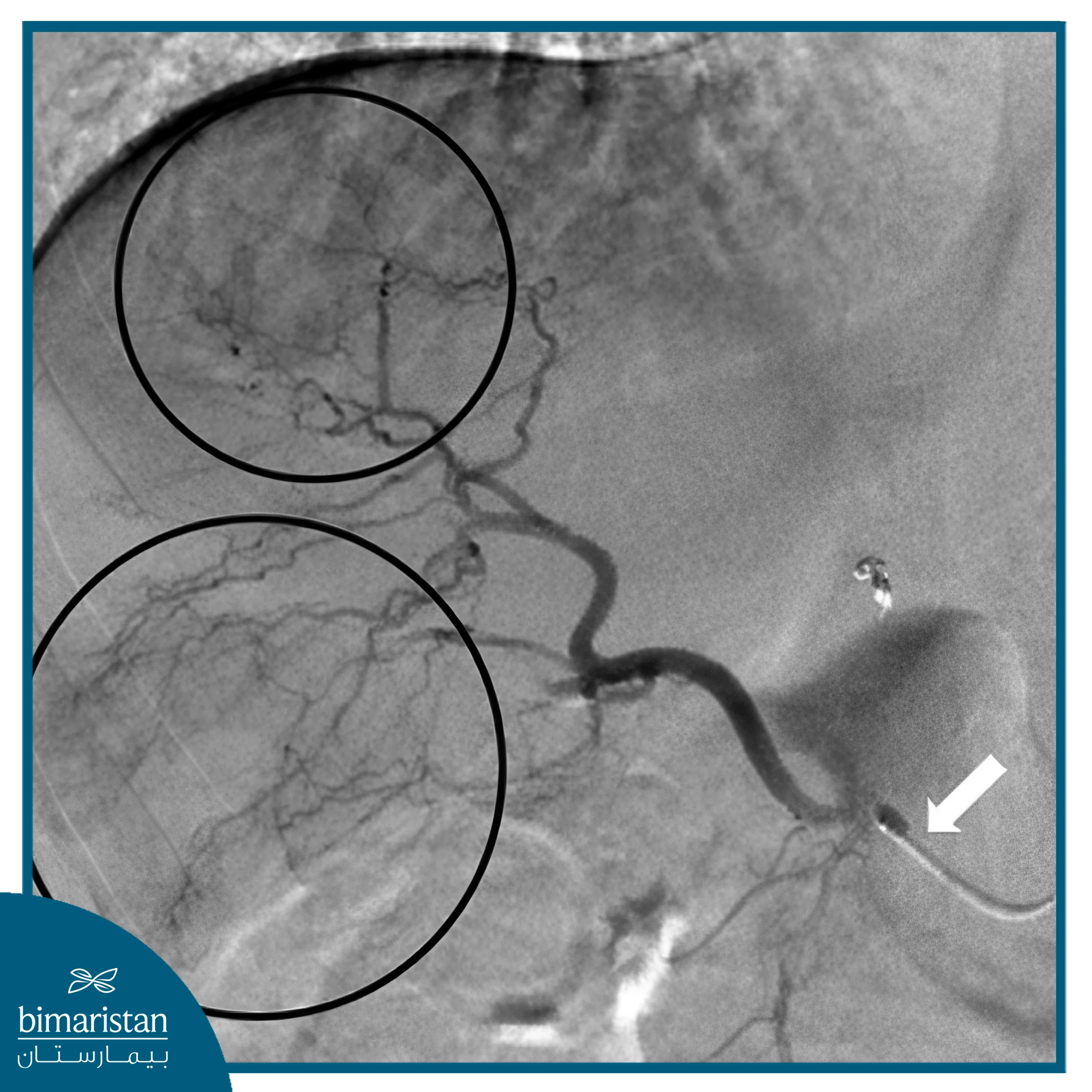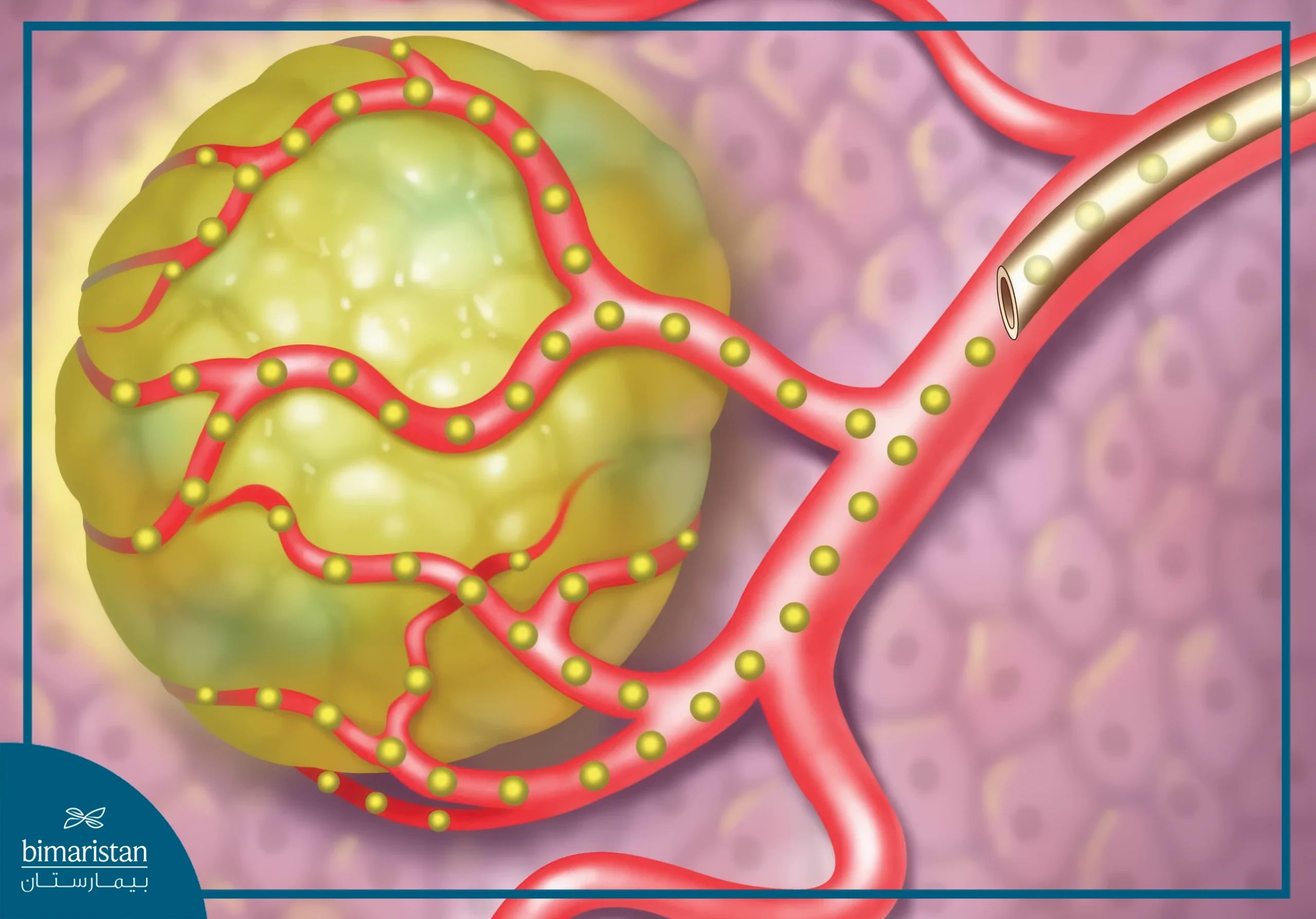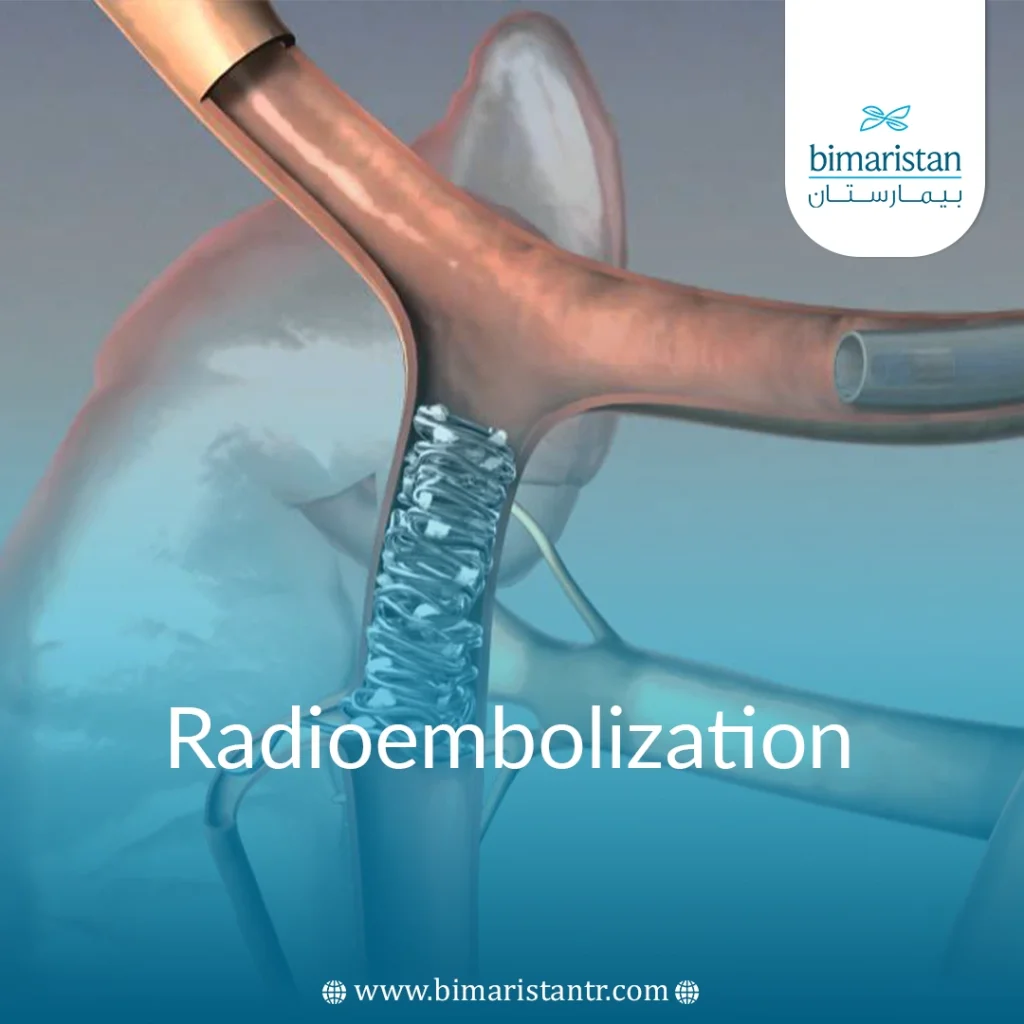Radioembolization is a modern treatment method that combines radiotherapy and embolization. It is one of the latest treatment methods introduced by Turkey, and it has helped the country make continuous progress in the medical field.
What is radioembolization?
Radioembolization (can also be called selective internal radiation therapy) is a cancer treatment in which we introduce radioactive microspheres into the tumor through a catheter that we insert through the bloodstream, where we take advantage of this method by blocking the vessels feeding the tumor and the radioactive particles settle in the tumor and emit radiation that kills cancer cells, which is considered one of the methods of interventional radiology cancer treatment.
Radioembolization in Turkey has developed significantly and has given encouraging results in recent times.
What are the advantages of radioembolization over conventional radiation therapy?
Radioembolization uses ionizing radiation to kill cancer cells and shrink tumors. Radiotherapy involves placing a radioactive substance directly inside the body. This type of treatment is called brachytherapy.
Unlike external beam radiation therapy, high-energy X-ray beams are directed at the tumor outside the body.
As a result, radioembolization has many advantages over standard radiotherapy treatment. Side effects are significantly reduced because nearby tissues are only slightly exposed to radiation. We can use a larger radiation dose than standard treatment, and in addition, the involvement of coagulation has a great effect on reducing and killing the tumor.
What distinguishes this treatment from other treatments (non-surgical, such as chemotherapy or surgery) is that we do not need a surgical incision but a simple access to insert the catheter and that this method can allow patients who are resistant to other treatments to live longer or even suppress the tumor.
In what cases is radioembolization used?
Radioembolization is often used to treat hepatocellular tumors and their metastases, but it is also used in patients who do not respond to other treatments or whose health condition does not allow them to undergo more aggressive treatments.
A study on radioembolization’s effectiveness in treating primary or metastatic Advanced Liver Tumor (ALT) showed that it is effective compared to other methods.
Radiotherapy can be used for the following:
- Metastatic colorectal cancer (most common)
- Bile duct cancers
- Breast and lung cancer (if liver metastases are present)
- Endocrine tumors
It should be noted that people with severe liver disease, abnormal blood flow between the liver and lungs, or severe kidney failure are usually not eligible for radioembolization.
What are the preparations before radioembolization surgery in Turkey?
Several tests are performed before performing radioembolization (or selective embolization). The patient consults the radiologist in Turkey about the procedure, its duration, and side effects. If the decision is made to perform the procedure by advanced or interventional radiotherapy (Advanced Radioactivity Treatment), the doctor performs several tests to ensure that the procedure is done correctly.
A CT scan is performed on the patient to confirm the location of the tumor and its metastasis and to identify the targeted section.
Some blood tests are performed to ensure the patient’s clotting cascade is intact and to check the number of platelets and other blood cells. A complete blood count (CBC) is also performed, and kidney function is investigated to ensure the patient is ready for the operation.
Tell your doctor about any illnesses or if you are pregnant so that the doctor can take the necessary measures to minimize any side effects.
To find the arteries feeding the target tumor, a contrast angiogram is performed. In this procedure, the doctor inserts a catheter through the arterial route (usually the femoral artery) to the desired location, injects the contrast agent, sees on the screen the arteries entering and leaving this area, and blocks them to ensure that the radiation does not reach neighboring areas.

Some tests need to be done to ensure there is no shunting (or blood connection) of blood between the liver and the lungs.
How is radioembolization performed in Turkey?
The procedure is usually performed about a week to ten days after the contrast angiogram, and a repeat contrast angiogram is needed before the procedure to ensure the arteries have been successfully coagulated (blocked with small bacilli).
Transarterial radioembolization can be performed under general or local anesthesia, and if local anesthesia is sufficient, some intravenous sedatives are given.
The doctor inserts the peripheral arterial angioplasty (often femoral or wrist) and continues the catheter until it reaches the tumor site. Then, the doctor injects microspheres loaded with the radioactive isotope Yttrium 90 (Y90). Over the next two weeks, this isotope is released from the small particles, destroying the tumor cells and reducing the size of the tumor.
After the doctor injects the particles, he or she withdraws the catheter and covers the insertion site.

The whole process takes about one to two hours, and if the artery used is the femoral artery, the patient needs to stay overnight in the hospital.
Radioembolization is a new process and studies and research are still ongoing, and to know the latest developments about this treatment method, do not hesitate to contact us, as Bimaristan Medical Center remains your first choice for treatment in Turkey.
What are the risks and side effects of radioembolization?
Radioembolization is a safe procedure, as there are hardly any symptoms. However, Radioactivity treatment and the resulting radiation (especially since the yttrium particles remain in the patient’s body) can cause some problems in patients treated with Radioembolization, such as:
- Fever
- Abdominal pain
- Diarrhea
- Vomiting and dizziness (post-embolization syndrome)
- Fatigue and fatigue
- Cystitis
- Hepatitis
- Pulmonary damage (if the absence of a blood connection between the lungs and liver is not confirmed)
Radiation protection after radioembolization in Turkey
The doctor should instruct the patient to follow certain steps to ensure that the patient’s family and those around them are protected from the radiation risk resulting from the radiotherapy procedure.
The patient should avoid meeting any child, elderly, or pregnant woman during the first period after the procedure (especially the first week) and should not sit next to another person of any age for more than two hours.
You should also avoid sleeping with your partner for the first two weeks or having sexual intercourse so that the radiation does not harm your partner.
You can contact us for the most accurate information on everything you need to know about this treatment.
Sources:
